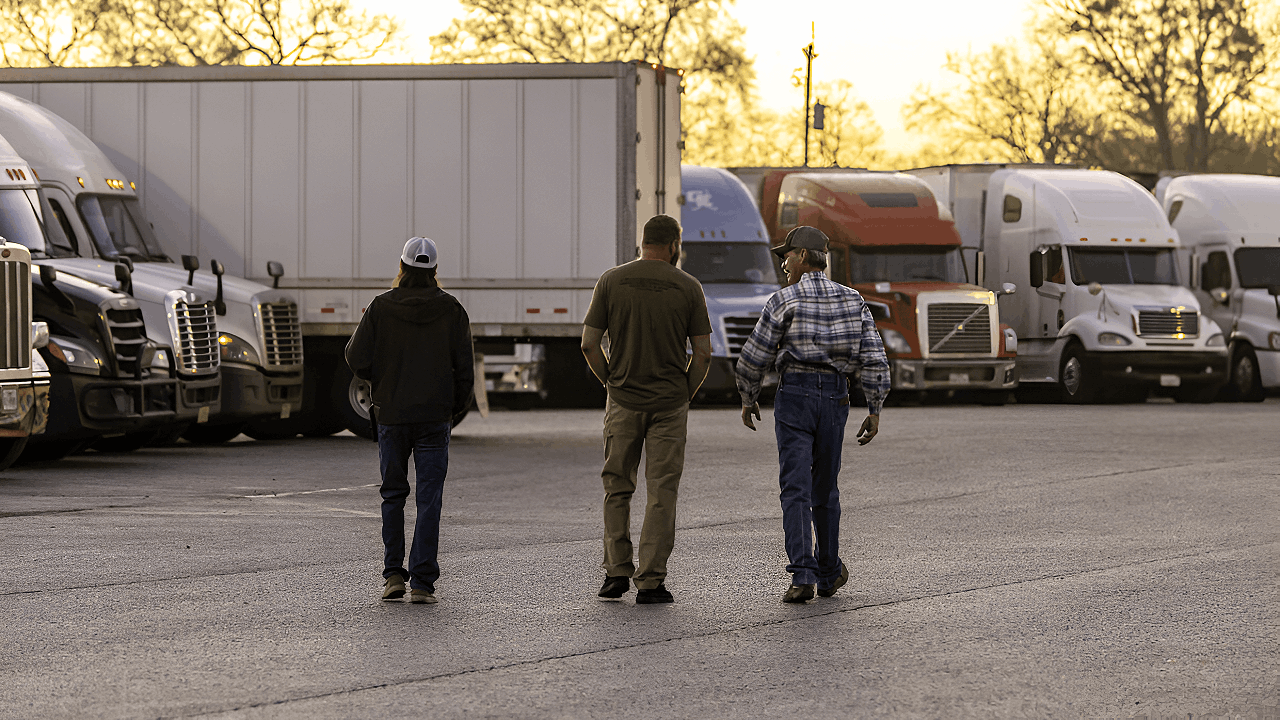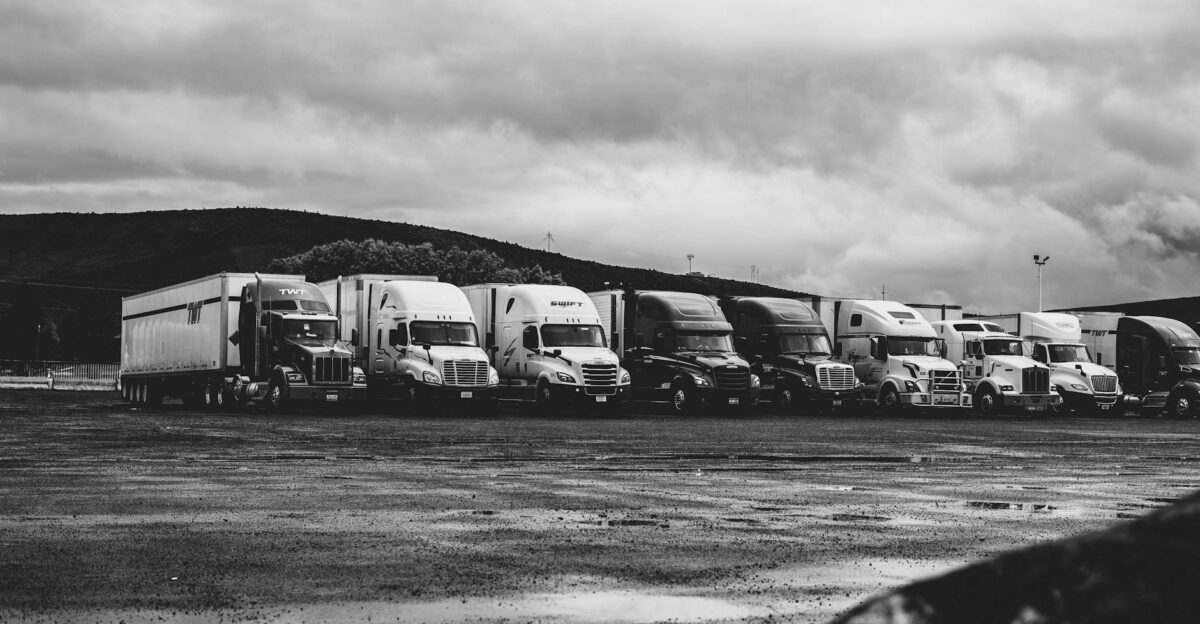
The collapse of Montgomery Transport in Birmingham, Alabama, has sent shockwaves across America’s logistics network. The company’s abrupt Chapter 7 filing in mid-October 2025 left roughly 1,000 employees jobless and exposed deeper cracks in a trucking industry already buckling under mounting costs and falling freight demand. Experts now warn the country is in the grips of what drivers are calling the “Great Freight Recession.”
“It happened overnight,” said one Montgomery-based driver who spent years with the company. “One day we were hauling loads; the next, our fuel cards didn’t work.”
The company’s downfall follows a pattern that has swept through the trucking world for over two years. Pandemic overexpansion, tightening credit, and tariff-driven cost jumps have created a perfect storm for carriers large and small. “None of the indicators suggest a near-term recovery in truckload demand,” industry analysts report.
Collapsing Carriers and Consumer Fallout

The year 2025 has proved disastrous for freight operators, with dozens of companies filing bankruptcy or shutting down entirely. Jack Cooper Transport closed in February after nearly 100 years in business, while Florida’s Carroll Fulmer Logistics ceased operations in July after 71 years. By late October, San Diego-based Epic Lightning Fast Service had also closed its doors. Werner Enterprises CEO Derek Leathers called the wave of failures “a tipping point,” while J.B. Hunt’s Shelley Simpson noted, “I’ve never seen a freight recession last three years. Everyone’s holding on.”
Consumers are already feeling the strain. National spot truck rates fluctuated between $1.60 and $2.09 per mile through fall 2025, while port congestion stretched supply timelines. Grocers and retailers, squeezed by higher shipping costs, have passed some of the burden to shoppers. Transport costs continue to pressure household budgets already strained by inflation.
Shifting Freight Lanes and Tariff Turbulence

As trucking capacity tightens, other transport modes are rushing in. U.S. rail carriers report growth in tonnage as shippers divert from highways to rails. The American Trucking Associations (ATA) projects intermodal rail freight will grow approximately 2.9 percent annually through 2030. Air cargo operators are also scaling up to cover truck shortfalls, illustrating how volatile freight conditions are redrawing logistics maps.
Yet these shifts cannot hide the structural pressures at play. U.S. tariffs on Chinese, Mexican, and Canadian goods—including rates as high as 145 percent on certain Chinese products—have driven up the cost of materials and slowed imports. By May 2025, U.S. container volumes from China were down 28.5 percent year over year. Delays at major ports forced supply chains to reconfigure in real time.
“Trade and transport are inseparable,” logistics experts observe. “Tariffs ripple through freight markets. The result is higher costs at every stage of the supply chain.”
Policy Scramble and Political Pressure

With elections looming, trucking’s unraveling has become a political flashpoint. Lawmakers on both sides of the aisle have advanced relief measures ranging from diesel tax holidays to infrastructure grants. Senate hearings have zeroed in on safety, workforce training, and industry oversight. “Gaps in driver education and regulation threaten safety on our highways,” ATA President Chris Spear warned in October 2025 testimony, urging Congress to tighten licensing standards and fund new training initiatives.
The political stakes are significant. Trucking underpins nearly three-quarters of U.S. freight tonnage, and logistics jobs are vital in swing states such as Georgia, Pennsylvania, and Michigan. “When a major carrier fails, the ripple hits everything—from truck stops to warehouse suppliers,” industry observers note.
Local governments have responded with emergency task forces to retrain laid-off drivers and attract new logistics firms, but recovery has been uneven. In Montgomery alone, small businesses near the terminal report significant sales declines.
Financial markets reflect the uncertainty. Lenders continue tightening credit requirements for fleet operators. “This is not just a trucking crisis—it’s a barometer for the entire economy,” analysts observe.
Global Ripples and the Road Ahead

The U.S. freight slump is reverberating well beyond its borders. As North American import patterns shift, East Coast and Gulf ports are gaining traffic once dominated by the Pacific. Multinationals are rethinking supplier geography, spreading production across Vietnam, India, and Mexico to hedge against tariffs and transport bottlenecks. “Global firms are reassessing sourcing under new cost structures,” international trade analysts note.
Meanwhile, the winners in this crisis appear to be railroads, air carriers, and logistics tech providers that offer efficiency through software optimization. Smaller operators, especially independent truckers, are bearing the heaviest losses.
Still, industry experts caution that stabilization is possible—but only with coordinated reform. Freight outlooks project modest growth in 2026 if cost controls, infrastructure investment, and operational efficiencies materialize. Yet vulnerabilities remain. “New tariffs and stricter fuel standards are making things even tougher,” transportation consultants warn. “Without structural change, the cycle will repeat.”
For now, America’s highways tell a cautionary tale: a logistics sector brought low by global pressures, market volatility, and policy uncertainty. Whether the U.S. freight network rebounds—or continues to contract—will hinge on how quickly policymakers, industry leaders, and workers can chart a new route out of recession.
The trucking industry has survived downturns before, but this combination of pandemic whiplash, regulatory pressure, and sustained demand weakness presents unprecedented challenges. As one industry report concluded: “The more time goes on, the more uncertain everything becomes—for everyone involved.”